It hits you in the quiet moments—the graying snout, slower walks, and those wise, soulful eyes that seem to know your every mood. Watching your dog grow older can feel like a bittersweet journey. While aging is natural, knowing which changes are normal (and even beautiful) and which ones signal an urgent trip to the vet can be the difference between peaceful golden years and unnecessary suffering. Let’s explore the subtle, heartwarming signs your furry best friend is aging with grace…and the red flags you should never ignore.
They Still Wag Their Tail with Joy
Even as dogs get older, many retain that unmistakable spark of happiness. You might notice your senior pup wagging their tail when you come home, or perking up when it’s mealtime. This joyful tail wag is a sign your dog is emotionally content, feeling safe, and enjoying life. Sure, their tail might not whip back and forth as wildly as it did years ago, but the presence of that gentle wag says a lot about their well-being. If your dog greets you with enthusiasm, it shows they’re maintaining a positive outlook and still finding pleasure in their daily routine. Cherish these little gestures—they’re proof your dog’s spirit is aging gracefully.
Sleeping More, But Soundly
As dogs age, it’s perfectly normal for them to nap more often. Seniors tend to sleep longer and deeper, sometimes curling up in their favorite spots for hours. This kind of rest isn’t laziness—it’s their body’s way of recharging. If your dog wakes up alert and happy, extra sleep is a sign of healthy, natural aging. Compare it to how grandparents might enjoy a good afternoon snooze. As long as your dog seems comfortable and isn’t restless or anxious, those cozy naps mean their body is adapting well to the years.
Gray Hair and a Distinguished Muzzle

One of the most charming signs of a dog entering their senior years is the gradual graying around the muzzle, eyebrows, and sometimes across the entire face. Think of it as your dog’s version of salt-and-pepper hair—a sign of maturity, not illness. This change usually starts around age seven in many breeds, but can appear earlier or later. The important thing is that graying shouldn’t be sudden or accompanied by other skin changes. When your dog wears their gray like a badge of honor, it’s a beautiful sign they’re aging gracefully.
Gentle Playfulness Remains
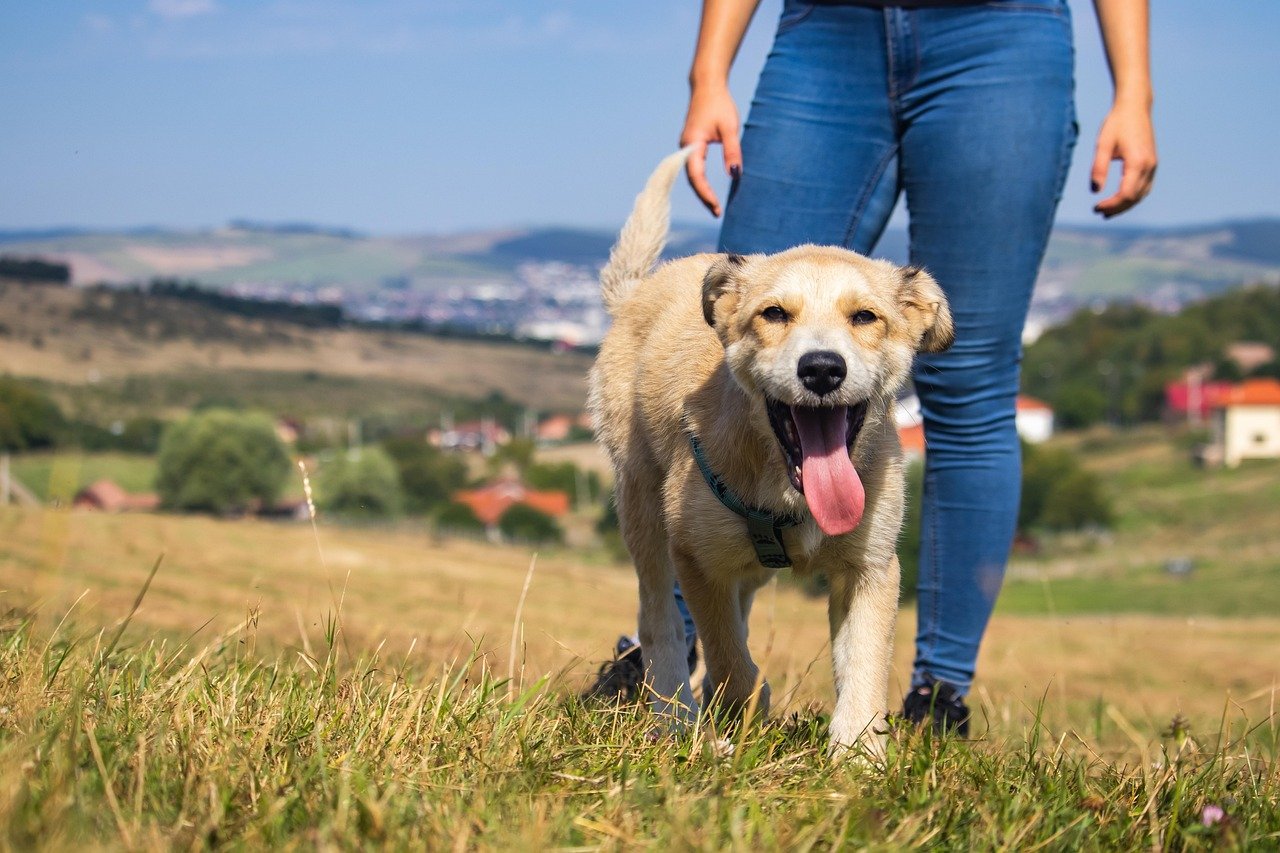
While zoomies across the yard might become a rare sight, many older dogs still enjoy playing—just at a slower, more measured pace. They might bring a favorite toy to you or “ask” for a gentle tug-of-war. These moments show that your dog still has a playful heart, even if their body isn’t as spry. Adjust the games to be easier on their joints, and you’ll both cherish these sweet, slower play sessions. It’s like how older humans might swap basketball for a leisurely game of cards—different, but still joyful.
Appetite Stays Steady
A healthy appetite in an older dog is a very good sign. Even if they eat a bit less than in their wild puppy days, interest in mealtime and treats shows they’re still enjoying life’s pleasures. Some dogs may become pickier, but as long as they’re eating regularly, maintaining weight, and not vomiting or having diarrhea, there’s little reason for concern. Think of it as your dog savoring each bite, much like a foodie relishing their favorite meal. A steady appetite is a sign of graceful aging and good health.
Maintaining a Healthy Weight

Weight control is crucial as dogs get older. A gracefully aging dog tends to maintain a stable weight—not too thin, not too heavy. You should be able to feel their ribs with a light touch, but not see them sticking out. Obesity in older dogs can lead to joint issues and heart problems, while sudden weight loss could be a warning sign. If your dog is keeping a healthy weight with regular meals and mild activity, they’re handling aging like a champ.
Listening, Even If Hearing Fades
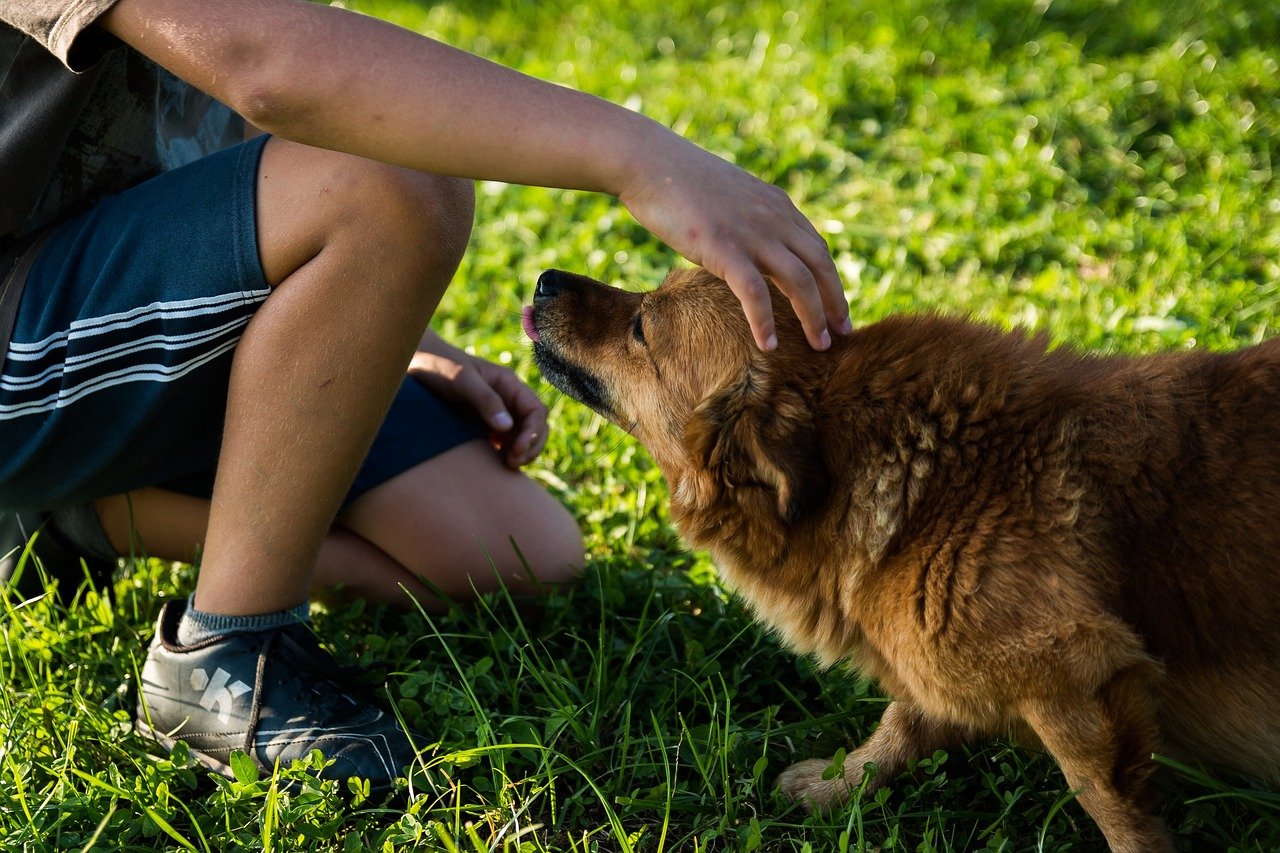
It’s common for senior dogs to lose some hearing. But what’s touching is how they often adapt—they’ll still respond to your hand signals, come when you clap, or perk up when they sense your presence. This adaptability is a sign of mental sharpness and a loving bond between you. Sometimes, it feels like your dog can read your mind, responding to your body language and mood even if they can’t hear every word. That’s aging gracefully in action.
Bright, Clear Eyes (Even with Some Cloudiness)

Mild cloudiness in the eyes, known as nuclear sclerosis, is typical in aging dogs and usually doesn’t affect their vision much. The important thing is that your dog’s eyes remain bright and alert. They should still look at you with curiosity and love. As long as you’re not seeing redness, discharge, or dramatic changes, gentle cloudiness is just part of growing old gracefully—like glasses for humans.
Still Enjoying Walks and Outings
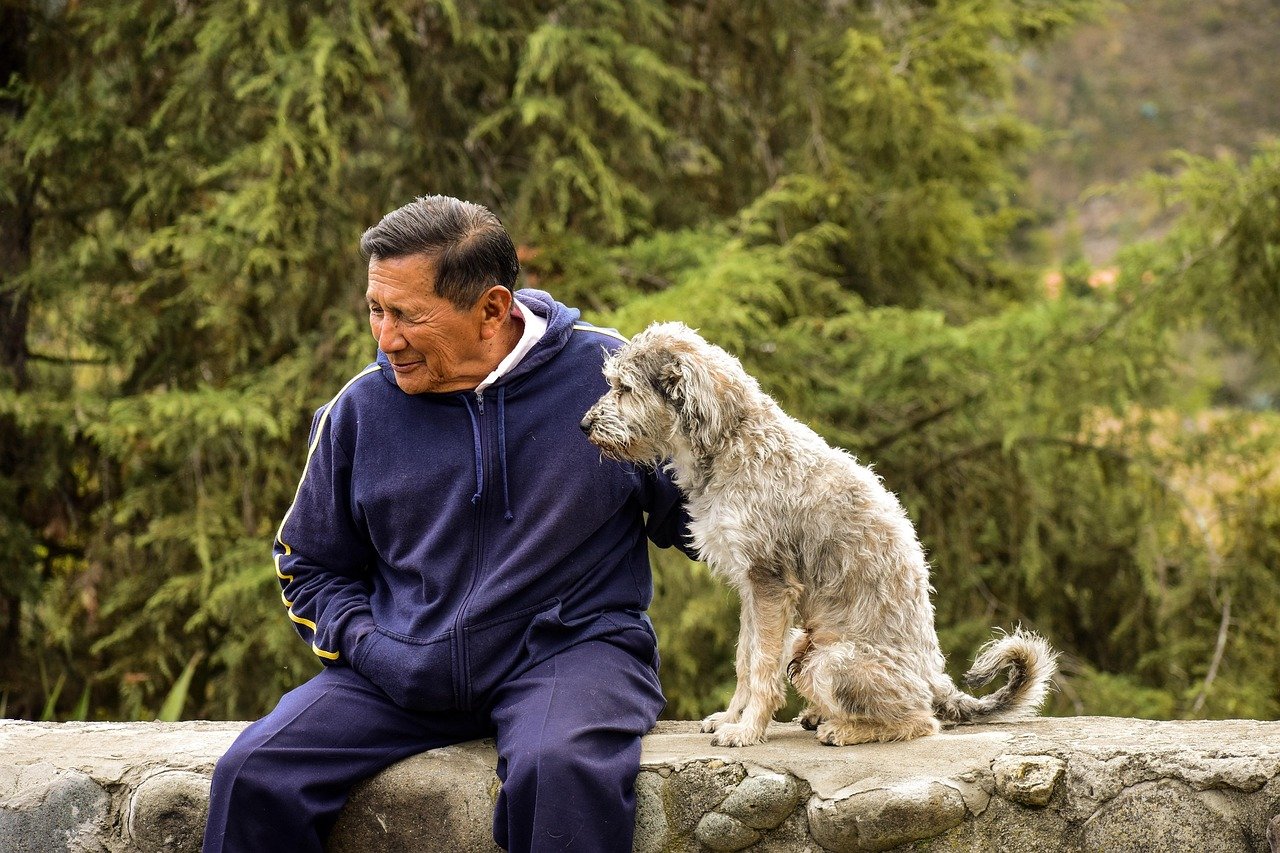
Even if your dog can’t run a marathon anymore, the excitement for daily walks or car rides is a wonderful sign. They might tire more quickly or prefer shorter adventures, but the desire to explore is still there. You’ll notice their tail wagging at the sight of a leash or a happy trot to the door. This enthusiasm for life’s little pleasures is the hallmark of a dog aging well.
Social with Family and Friends
Aging dogs might become more selective about their company, but most will still enjoy time with their favorite humans and animal buddies. They may greet guests with a gentle sniff or settle nearby during family gatherings. If your dog continues to be social, it means their mental health is strong and they feel secure in their environment. Think of it as an older person enjoying a Sunday dinner with loved ones—connection matters at any age.
Healthy Skin and Shiny Coat
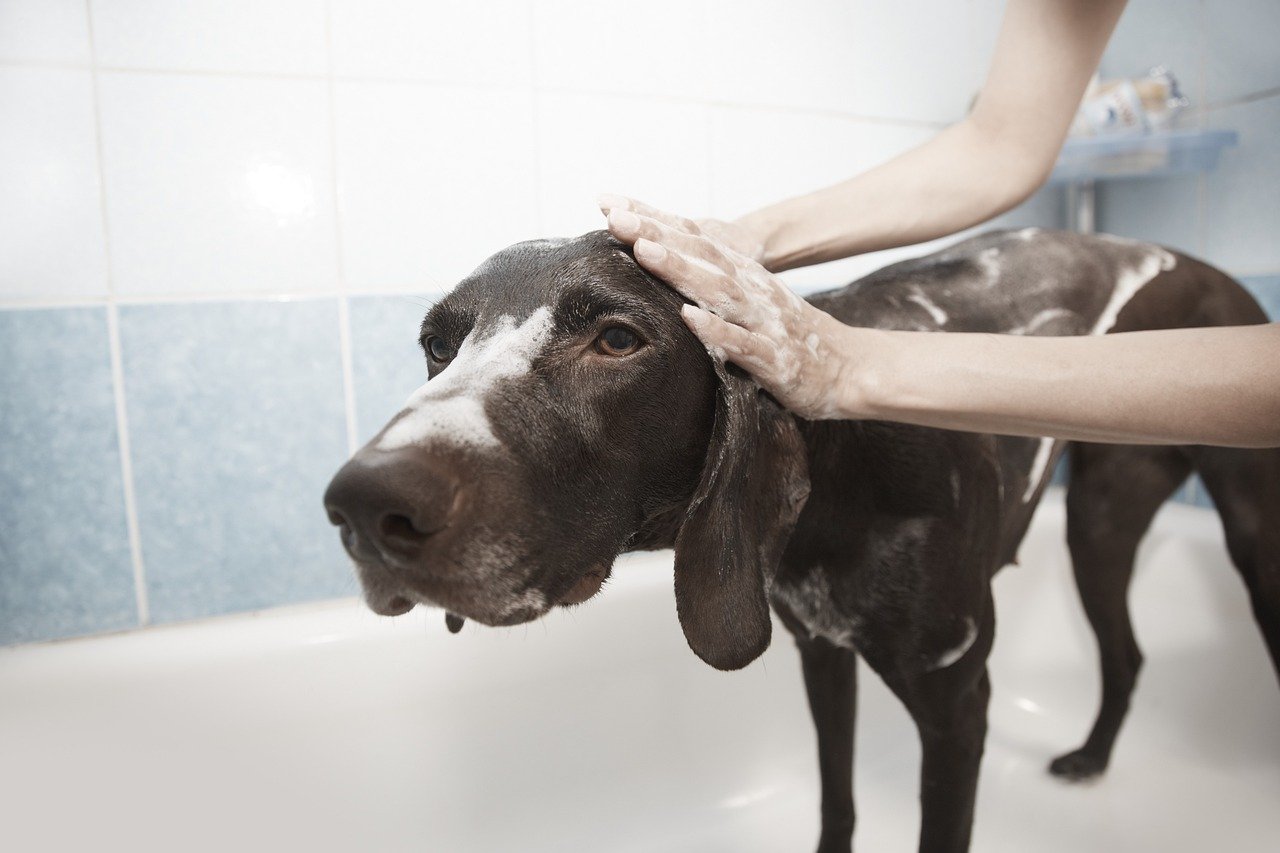
A soft, shiny coat and healthy skin are signs your senior dog is getting proper nutrition and care. While some thinning of fur is normal, the absence of bald spots, excessive itching, or scaly skin is a good indicator of graceful aging. Regular grooming sessions are important—think of them as spa days for your pup. Not only do they keep your dog comfortable, but they also strengthen your bond.
Teeth and Gums in Good Shape

Dental health often gets overlooked, but it’s a big deal for older dogs. If your dog’s teeth are reasonably clean and their gums look pink (not red or swollen), you’re on the right track. Bad breath is common, but should never be overwhelming. Regular dental checkups and brushing can keep things in check. Good oral health means your dog is aging gracefully, with less risk of infections or pain.
Calm Demeanor and Less Anxiety

Anxiety can sometimes crop up with age, but many dogs actually become calmer and more easygoing. If your dog seems content lounging in their favorite spot or quietly observing the world, it’s a sign they’re comfortable in their own skin. A calm demeanor, especially in situations that used to cause stress, shows emotional maturity and well-being. It’s like finding inner peace—something we all hope for as we grow older.
Curiosity and Engagement Remain
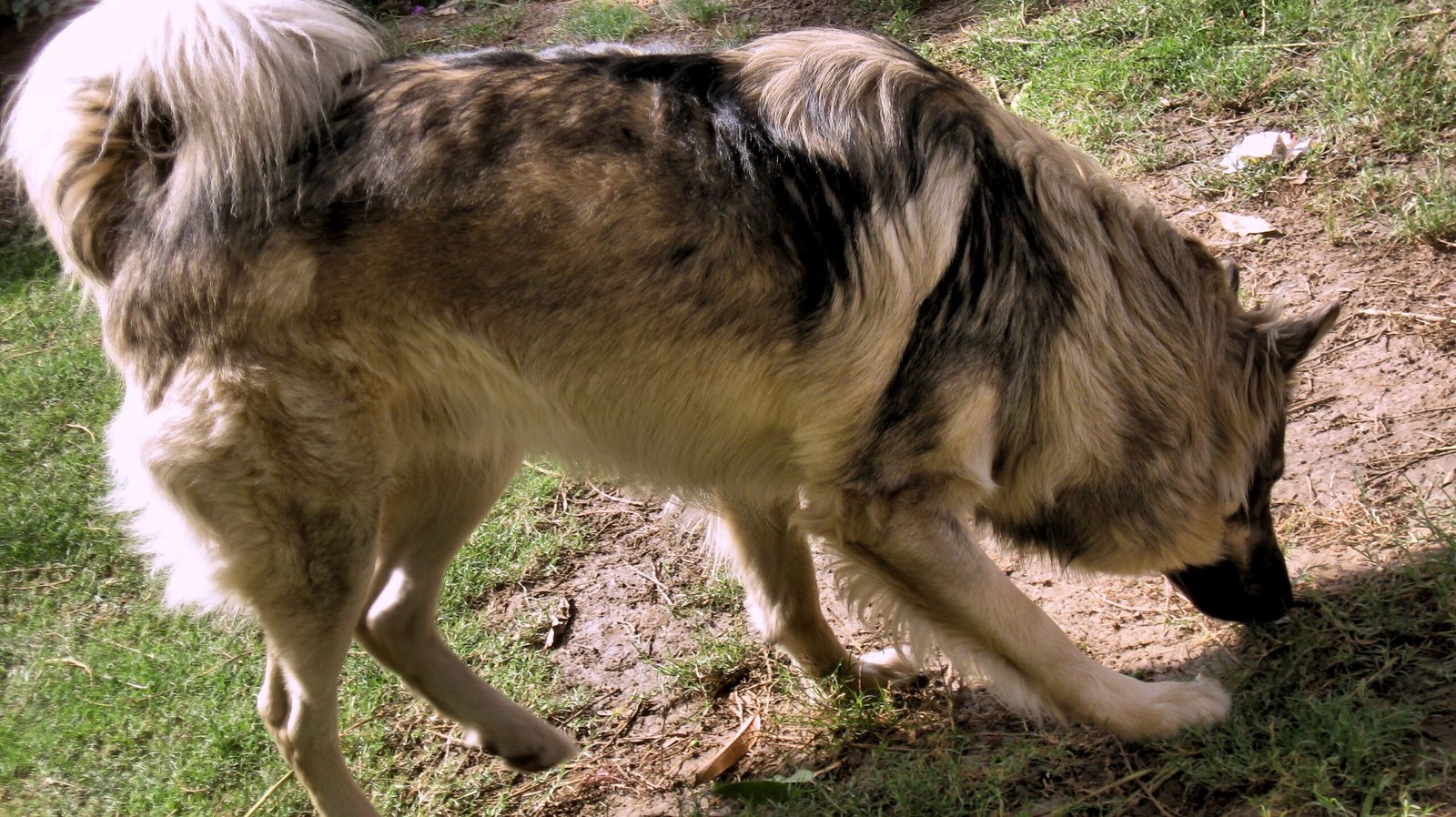
Aging gracefully doesn’t mean losing interest in life. Many senior dogs still want to sniff every tree, chase the occasional squirrel, or investigate new objects brought into the house. Their curiosity might be slower, but it’s still alive and well. An engaged, interested dog is a happy dog. It’s the canine version of lifelong learning—never too old to be fascinated by the world.
5 Signs Your Dog Needs a Vet Now

Despite all the sweet signs of graceful aging, there are some changes that call for immediate action. If you notice any of these, don’t wait—get your dog checked by a vet:
– Sudden loss of appetite or refusal to eat for more than a day.
– Difficulty breathing, persistent coughing, or collapse.
– Severe vomiting or diarrhea, especially with blood.
– Drastic changes in behavior—confusion, aggression, or unresponsiveness.
– Rapid weight loss, open wounds, or unexplained lumps.
These red flags can signal serious health issues that need urgent attention. Never brush them off as “just old age”—your dog relies on you to notice when something’s wrong.
Watching your dog grow older can be bittersweet, but those gray whiskers and slower steps often come with a lifetime of love and loyalty. If they’re still wagging, cuddling, and enjoying life—even at a gentler pace—they’re likely aging gracefully. That said, staying alert to sudden changes is key—because a quick vet visit can make all the difference. With the right care, your senior pup can thrive through their golden years by your side.
Jen is a passionate nature lover and ocean conservationist. She has dedicated her life to protecting the environment and preserving the beauty of the natural world. Growing up in a small coastal town, Jen sincerely appreciated the ocean and its inhabitants. She has spent countless hours exploring the shoreline, learning about the creatures that inhabit the waters, and advocating for their protection. Jen is an active member of ocean conservation organizations, and she is committed to educating the public about the importance of conserving wildlife and the natural environment.






